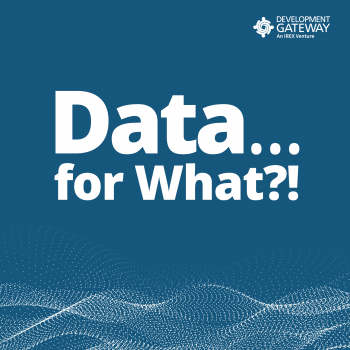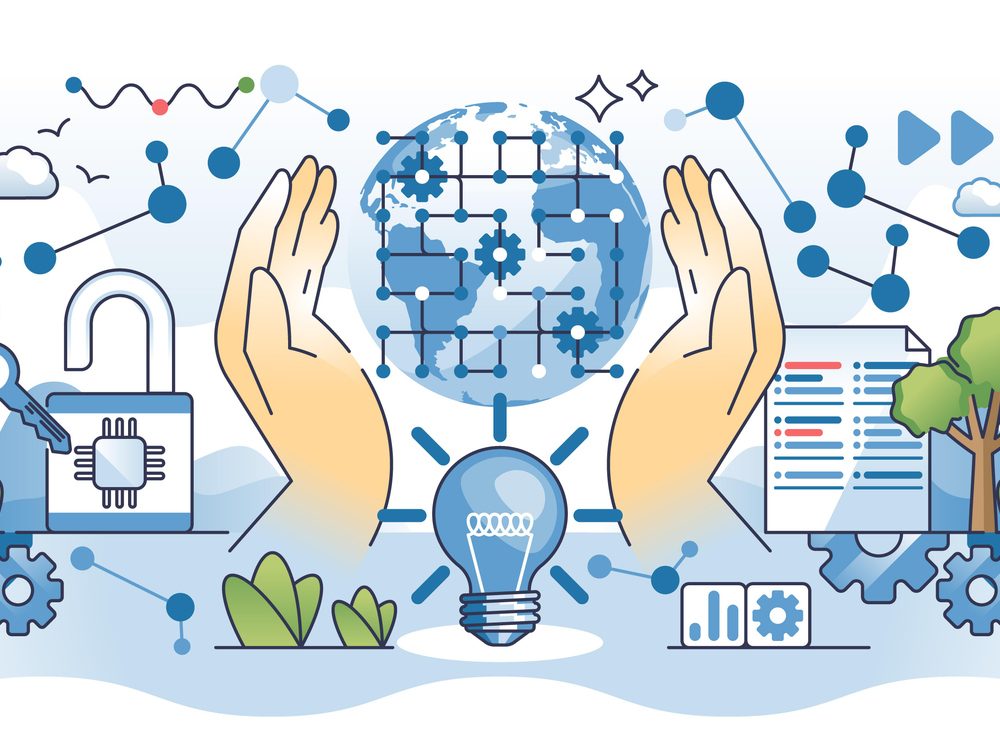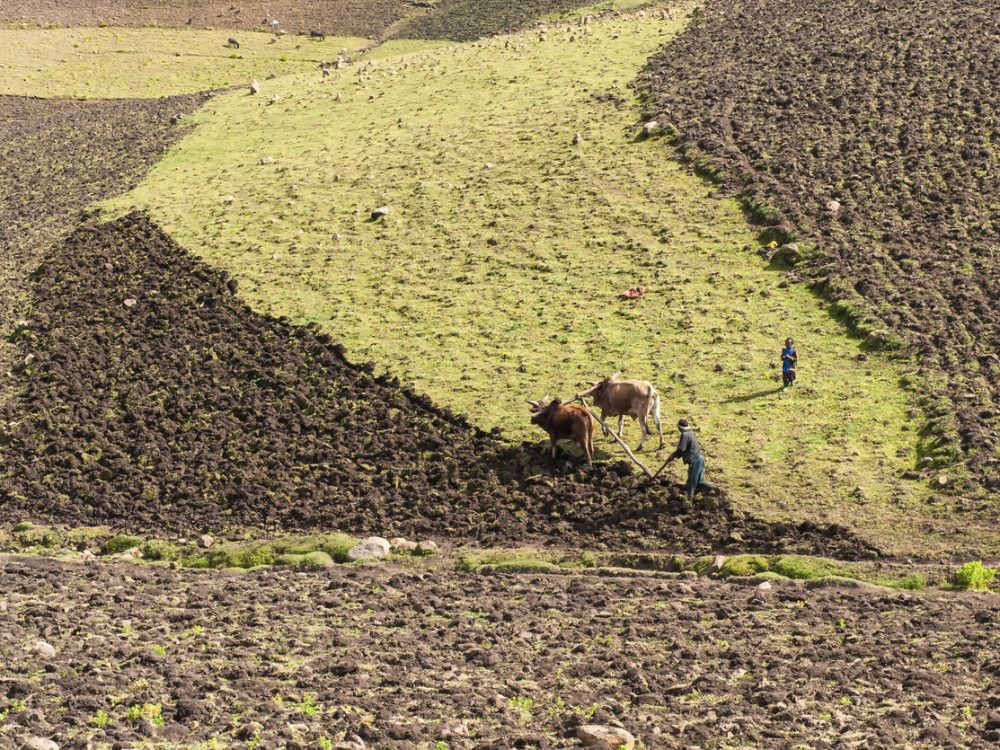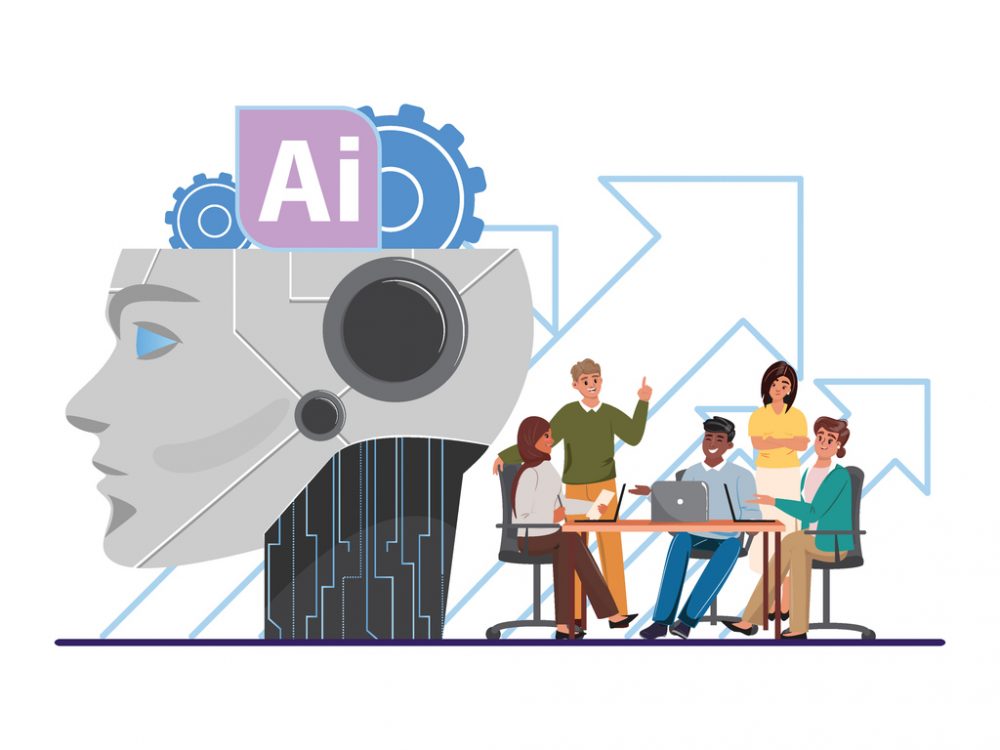Episode 4, Season 2 | Case Study Comparison: Data Governance and Protection in India and Kenya

In episode 4, Beverley Hatcher-Mbu and special guests Shreeja Sen, Research Associate at IT for Change, and Dr. Melissa Omino, Acting Director at Strathmore University’s Centre for Intellectual Property and Information Technology Law, discuss data governance and protection in India and Kenya. Among other topics, they dive deep into how history and demographics can influence each country’s approach to data governance as well as the balance of power between citizens, their data, and governments.
Read the transcript.
Related links from the conversation:
- AI 2041
- All About Love by bell hooks
- For Colored Nerds
- Top Tracks of 2022 Kenya
- The Case for Establishing a Collective Perspective to Address the Harms of Platform Personalization
- The Good Wife
Special thanks to Mark Hatcher for our theme music. You can find Mark on social media at @markdhatcher.
Share This Post
Related from our library

Digital Sovereignty & Open-Source: The Unlikely Duo Shaping DPI
In 2025, digital sovereignty and open source have become an unlikely duo, opening paths to more resilient DPI. This blog reflects on the value of open-source data exchange and the conditions needed to enable it.

The Future of Food Systems: Spotlight on Ethiopia
When we discuss food systems, we are not just talking about farms; we are referring to the entire food supply chain. We are talking about how people eat, live, and navigate an increasingly volatile climate. This blog post analyzes Ethiopia's national food systems strategy as an example of where UNFSS can go next in strengthening food security globally.

Beyond Kigali: Where Does Africa Go from Here with AI?
As governments, funders, entrepreneurs, and technology leaders rally around the AI moment and move towards actions, at Development Gateway, we are asking a different set of questions: Where is the data, and what is the quality of the data behind the algorithms? How will legacy government systems feed AI tools with fresh and usable data? Are Government ministries resourced to govern and trust the AI tools that they are being encouraged to adopt?